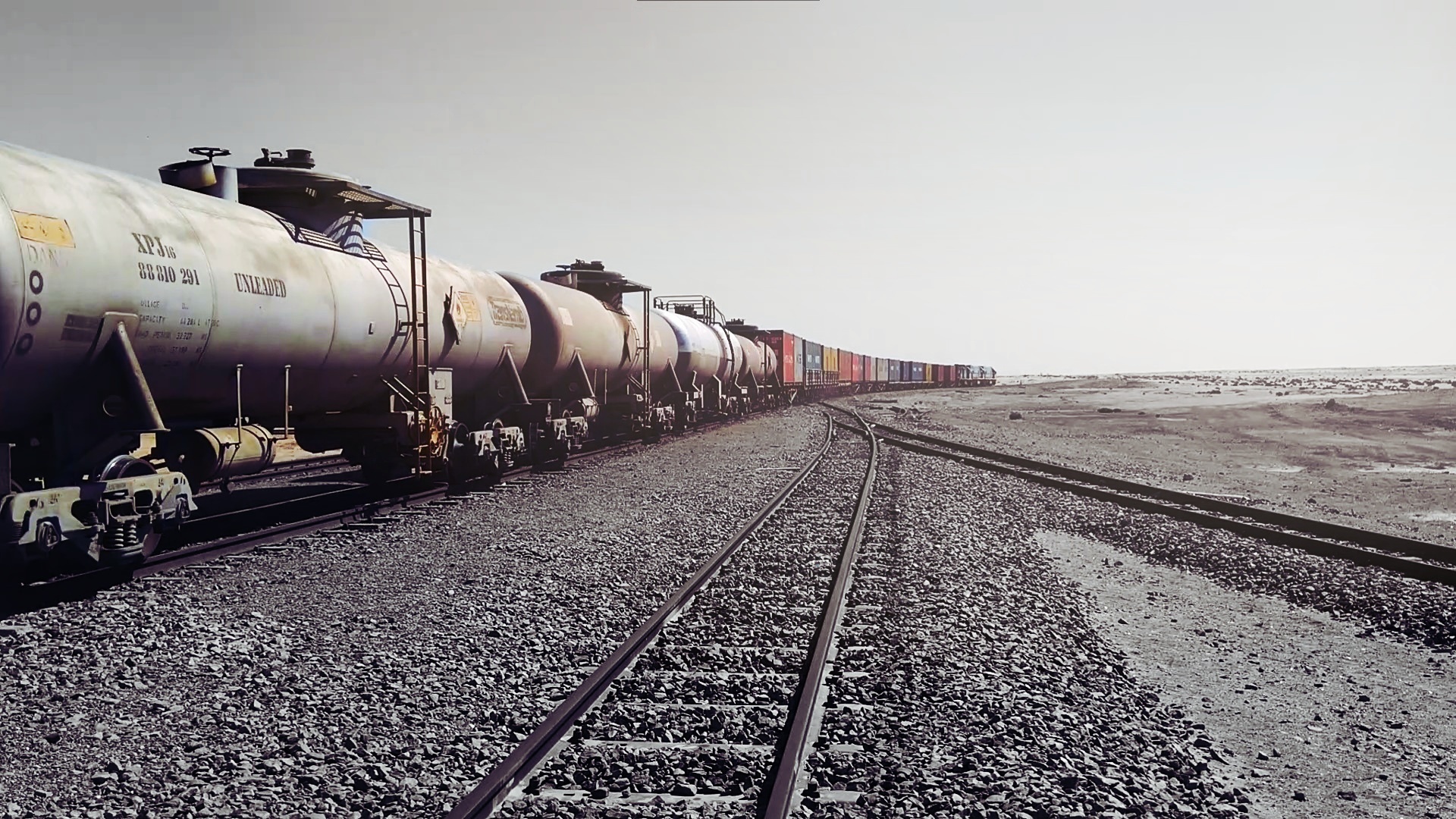 The African Development Bank Group has approved a loan of USD 196.43 million for a rail project in Namibia to be implemented under the second phase of country’s Transport Infrastructure Improvement Project (TIIP).
The African Development Bank Group has approved a loan of USD 196.43 million for a rail project in Namibia to be implemented under the second phase of country’s Transport Infrastructure Improvement Project (TIIP).
The loan represents 51.8 percent of the project’s total cost while the Namibian government will provide the remaining 48.2 percent.
The project covers the construction of a new 207 km track close to the existing line between Kranzberg and Otjiwarongo, using concrete railway sleepers and new rails.
The works include the construction of 16 bridges, the renovation of two stations as well as the procurement of 55,000 tonnes of rails to build 518 km of track. Other components include modernising the railway signalling system along the Walvis Bay – Tsumeb line to improve its reliability, safety and capacity, as well as the overall performance of the railway system.
Recognising the importance of good rail connectivity for bulk cargo, the second phase of the Transport Infrastructure Improvement Project would bring to 417 km the cumulative upgraded rail supported by the African Development Bank after a previous renovation for 210 km of rail from Walvis Bay to Kranzberg under the project.
“The project will maximise the benefits and be transformative for the competitiveness of Namibia and assist in attaining the Vision of the country becoming a regional logistics hub by 2030 while catalysing development change in neighboring countries and the sub-region. This project will also connect Namibia to Africa’s Copper Belt, and achieve regional railway connectivity,” Leïla Mokaddem, the Bank’s Director General for Southern Africa, said.
The rail project in Namibia aligns with country’s long-term Vision 2030 to the logistics value chain by tackling railway infrastructure bottlenecks. It will also help to strengthen the trade competitiveness of Namibia and the southern African subregion.
Having previously funded the expansion of the container terminal at the Port of Walvis Bay, the bank is supporting integrating Namibia regionally by building critical port and rail infrastructure to connect the country to the rest of the region, move goods, support value chains and promote trade.
Most of the upgraded railway line crosses commercial agricultural land and many urban areas. Transporters, agricultural communities and industries along the corridor will benefit from faster commuting thanks to affordable, reliable, safe rail transport that will boost regional and national development. Road maintenance costs are also expected to reduce as bulk cargo transporters shift from road to rail.
Share on:



